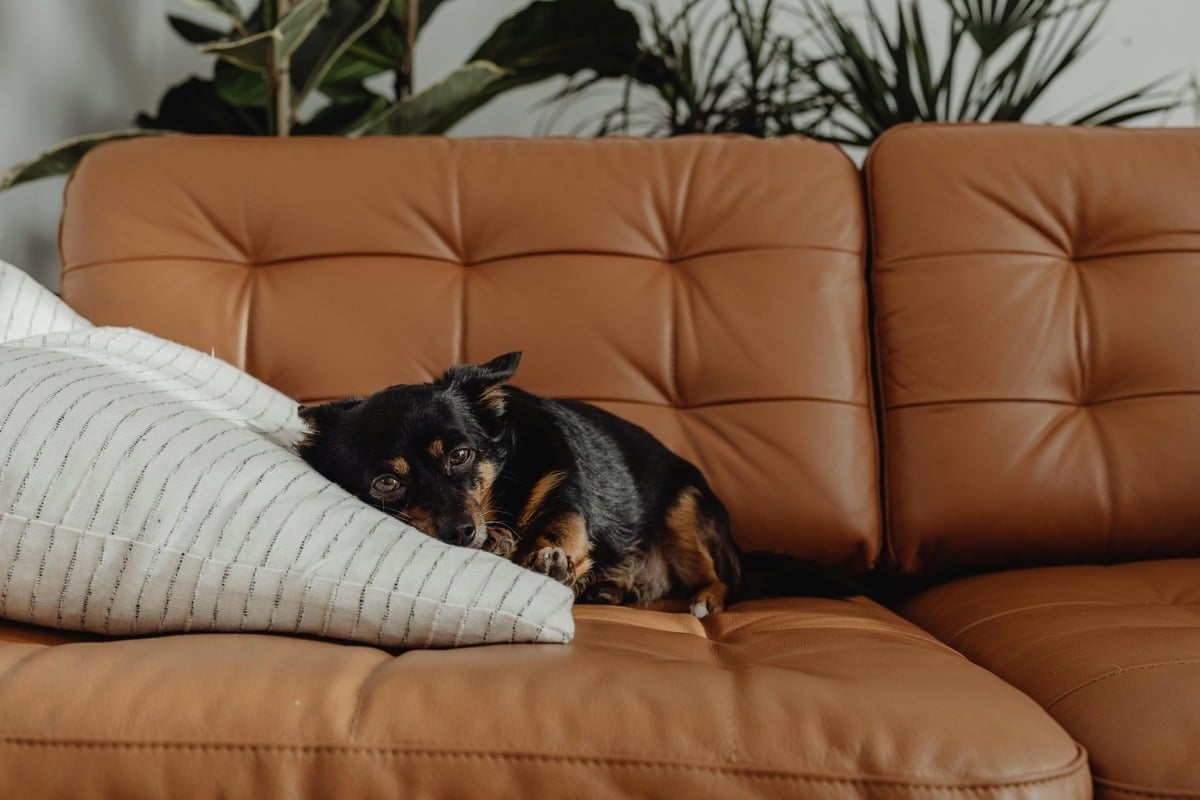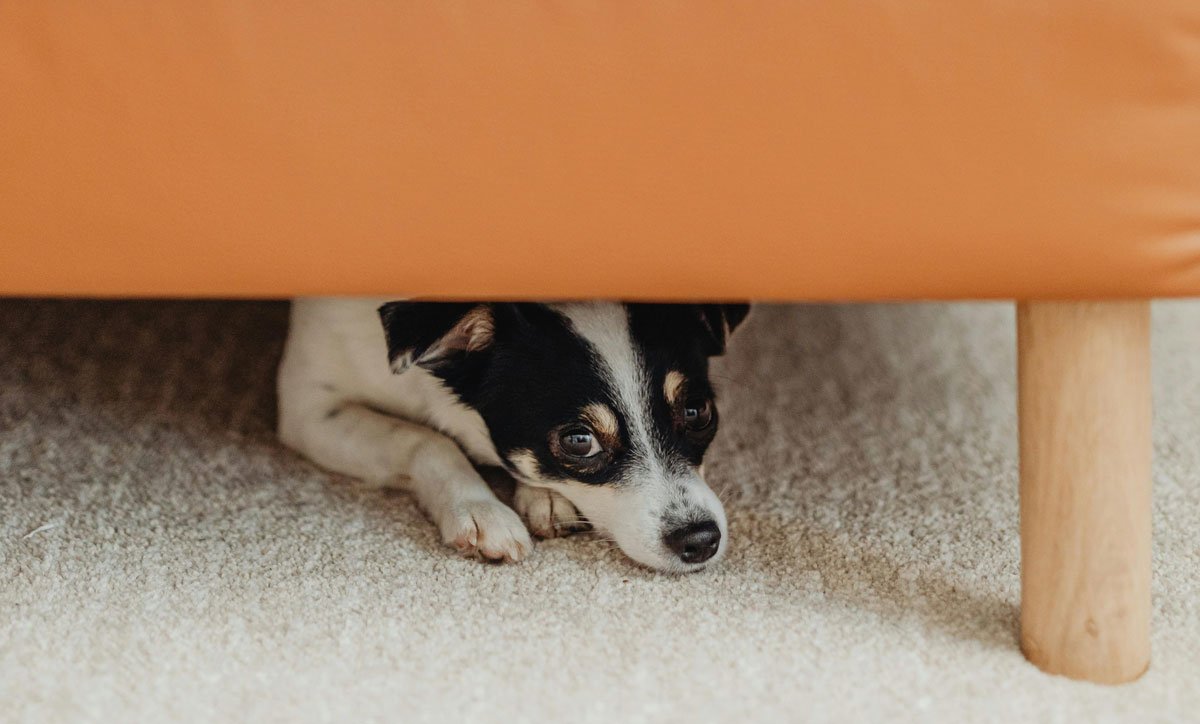
How to Make Your Home Safe for a New Puppy or Kitten
Bringing home a puppy or kitten in a carrier is one of the best milestones that is sparkling with joy, companionship, and cuteness. Nevertheless, similar to baby-proofing that home for a toddler, pet-proofing your house is a need. That is in order to maintain the safety and benefit of your new hairy companion. Our puppies and kittens are naturally curious. If precautions aren’t exercised, their exploring can lead to accidents.
In this guide, we’ll explore practical puppy-proofing tips and how to create a safe space for new pets. If you’re a first-time pet owner or need a refresher, these steps will help you create a safe and friendly space for your new friend.
Pro Tip: When pet-proofing your home, get down to your pet’s level and inspect each room from their perspective. This helps identify hidden dangers like loose cords, small objects, or toxic plants that may be out of your normal line of sight.
Quick Guide:
- Living Room: Secure cords, remove small objects, anchor heavy furniture, and keep toxic plants out of reach.
- Kitchen: Store food securely, cover trash bins, and lock away cleaning products.
- Bedroom/Bathroom: Keep medications, jewellery, and sharp objects out of reach. Close toilet lids and laundry machines.
- Outdoor Spaces: Ensure secure fencing, remove toxic plants, and store garden chemicals safely.
- Safe Zone: Create a comfortable, confined space with a bed, food, water, and toys.
Important Tip: Pet-proofing is an ongoing process as your pet grows and learns new behaviours. Regularly reassess your home and make necessary adjustments to keep your furry friend safe.
Understanding the Risks: Why Pet-Proofing is Essential

Before diving into the specifics, it’s crucial to understand why pet-proofing your home is necessary. Puppies and kittens are inquisitive by nature and tend to chew, scratch, and explore unfamiliar objects. Some of the most common household hazards include:
- Electrical cords and outlets – Pets love to chew on cords, which can lead to electric shocks or even fires. Using cord protectors or taping cords to walls can reduce this risk.
- Toxic plants – Certain indoor plants, such as lilies (toxic to cats), sago palms, and pothos, can cause severe health issues if ingested.
- Small objects – Some items can be choking hazards. These include buttons, coins, rubber bands, and jewellery, which can cause intestinal blockages if swallowed.
- Household chemicals – Cleaning supplies, antifreeze, and pesticides contain harmful toxins that can lead to poisoning if ingested.
- Open windows and balconies – Pets, particularly kittens, may jump or fall, leading to serious injuries.
- Unsecured furniture – Heavy objects or wobbly furniture can tip over and injure pets if they climb on them.
Understanding these risks allows you to take preventive measures and create a safer environment for your pet.
Pet-Proofing Your Home: Room-by-Room Guide
1. Living Room Safety
The living room is often the main area where pets will spend time, so it needs to be a safe and comfortable space.
- Secure electrical cords by using cord covers, taping them along walls, or purchasing pet-safe cord deterrents.
- Remove small, swallowable objects like remote controls, loose batteries, and paper clips from low tables and shelves.
- Keep houseplants out of reach or replace toxic plants with pet-friendly alternatives like spider plants, Boston ferns, or areca palms.
- Anchor heavy furniture and televisions to prevent them from tipping over if a pet jumps on or climbs them.
- Block access to fireplaces and heaters using pet-proof barriers to prevent burns or inhalation of harmful fumes.
- Store fragile decorations securely to prevent them from being knocked over and breaking.
2. Kitchen and Dining Area Precautions
The kitchen is a high-risk area due to its abundance of food, sharp objects, and chemicals.
- Store food securely in cupboards or the refrigerator. Human foods like chocolate, grapes, onions, garlic, and xylitol (found in sugar-free products) can be toxic to pets.
- Keep trash bins covered and secured to prevent pets from rummaging through waste and ingesting harmful substances.
- Lock away cleaning products and detergents in cabinets with child-proof latches to avoid accidental poisoning.
- Avoid feeding table scraps – Even small amounts of rich, fatty, or spicy foods can cause digestive issues in pets.
- Ensure your pet doesn’t jump on counters where hot pots, knives, and small choking hazards may be present.
3. Bedroom and Bathroom Safety
Bedrooms and bathrooms can contain numerous small objects and chemicals that could pose a risk.
- Keep medications, cosmetics, and toiletries locked away in secure cabinets or drawers. Common items like painkillers, antidepressants, and makeup products can be toxic.
- Store jewellery, buttons, and hair accessories in closed containers to prevent ingestion and choking hazards.
- Close toilet lids to prevent small pets from drinking harmful toilet water or falling in.
- Secure laundry baskets and washing machines – Kittens and puppies may crawl into small spaces, leading to dangerous situations.
- Remove sharp objects like razors and tweezers from accessible surfaces.
4. Garden and Outdoor Spaces
If your pet has access to an outdoor area, ensuring it is safe is crucial.
- Secure fencing and gates to prevent escape. Regularly check for gaps or weak spots.
- Identify and remove toxic plants such as azaleas, tulips, daffodils, and oleander.
- Store garden chemicals and tools safely – Pesticides, fertilisers, and sharp tools should be locked away.
- Create a designated play area with pet-friendly grass, shaded spots, and sturdy toys to keep them entertained safely.
- Be mindful of water sources – Ponds, pools, and fountains can be drowning hazards. Install safety covers or barriers where necessary.
Creating a Safe Space for New Pets

A designated pet-safe area can help your new puppy or kitten settle in comfortably.
- Use baby gates or playpens to limit their roaming until they are trained.
- Provide a cosy bed and familiar scents (such as a blanket or toy from the breeder/shelter) to ease anxiety.
- Set up a litter tray for kittens and a puppy pad area for young dogs in a quiet, easily accessible location.
- Include chew toys, scratch posts, and climbing structures to deter destructive behaviour.
- Ensure access to fresh water and food bowls in a stable location.
Additional Puppy-Proofing Tips
- Supervise playtime – Always keep an eye on pets, especially in the first few weeks.
- Train early – Teaching boundaries and commands helps prevent accidents and encourages good behaviour.
- Introduce safe chew toys – Puppies teethe and will chew on anything they find. So redirect them to appropriate toys.
- Microchip and ID your pet – In case they escape, identification is crucial.
- Schedule a vet check-up – Ensure vaccinations, flea treatments, and preventive care are up to date.
- Keep emergency contact numbers – Make sure you have your vet’s number, a 24-hour emergency pet clinic, and poison control contacts ready to access easily.
FAQs
1. What are the most common household hazards for puppies and kittens?
Some of the biggest dangers include electrical cords, toxic plants, small objects that can be swallowed, household chemicals, open windows, and unsecured furniture.
2. How can I protect electrical cords from my pet?
Use cord covers, tape cords along the walls, or invest in pet-safe cord deterrents to prevent chewing.
3. What plants should I avoid if I have a new puppy or kitten?
Toxic plants include lilies (toxic to cats), sago palms, pothos, azaleas, and oleander. Opt for pet-friendly alternatives like spider plants or Boston ferns.
4. How do I keep my pet out of the trash?
Use a trash can with a secure lid or place it inside a cupboard with child-proof locks to prevent pets from rummaging.
5. Should I let my new pet roam freely in the house right away?
No, it’s best to create a designated safe space first. Use baby gates or playpens and gradually introduce them to other areas of the home.
A Safe House for a New Pet
Bringing home a new puppy or kitten is a wonderful experience, but their safety should always come first. By pet-proofing your home and creating a safe space for new pets, you can ensure a happy, healthy environment for your furry companion.
Taking proactive steps, like securing hazards and early training, builds a strong bond. This sets the stage for a lifetime of companionship. Remember, pet-proofing is an ongoing process, especially as your pet grows and explores new areas of your home.
Are you preparing for a new pet? Share your experiences and tips in the comments below! If you find this guide helpful, don’t forget to share it with fellow pet lovers.